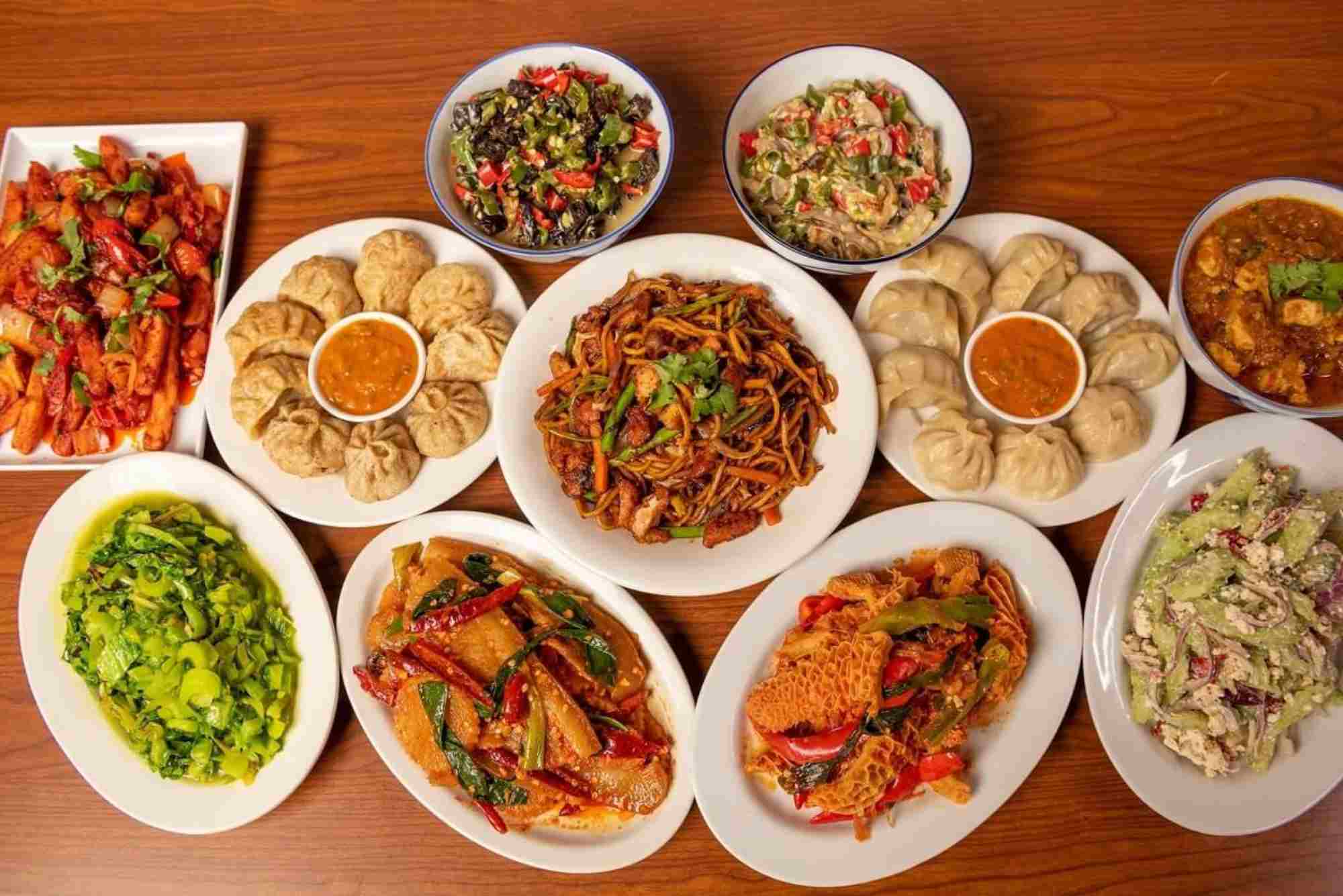What Is Balut Food and Why Is It So Controversial?
Balut food is one of Southeast Asia’s most talked-about delicacies. Often praised for its rich flavor and cultural significance, it’s also widely criticized—and sometimes misunderstood—because of its unique nature. But what exactly is balut food, and why has it sparked such a polarizing global debate?
Let’s explore what balut is, its history, cultural roots, nutritional value, and the controversy that surrounds it. Whether you’re a culinary explorer or just curious, this guide will give you an in-depth understanding of the topic.
What Is Balut Food?
Definition and Description
Balut food is a fertilized duck egg with a partially developed embryo, typically boiled and eaten from the shell. It’s most commonly associated with the Philippines, although it’s also found in Vietnam, Cambodia, Laos, and Thailand. The egg is usually incubated for 14 to 21 days before it’s cooked.
Inside, you’ll find a combination of egg yolk, duck embryo, and amniotic fluid, all of which are consumed together. The taste is often described as savory, rich, and slightly gamey, depending on the development stage of the embryo.
How It’s Made
Balut preparation begins with selecting high-quality fertilized duck eggs. These are kept warm for two to three weeks, typically in baskets or heated sand. After incubation, vendors check the embryo’s development using a method called candling—shining a light through the shell.
Once ready, the eggs are boiled and sold warm. Most people eat them directly from the shell, seasoning with salt, chili, or vinegar.
The Cultural Significance of Balut Food
Balut is more than just a snack—it’s a cultural staple in the Philippines. Street vendors sell it in the evenings, and many Filipinos view it as a comfort food, even an aphrodisiac. In traditional Filipino households, eating balut is often a shared experience that brings people together.
Rituals and Customs
Some Filipinos believe balut food boosts strength and fertility. It’s also considered a “manhood” test in social gatherings, where guests are challenged to try it. For many, it’s a rite of passage, deeply rooted in national identity and heritage.
Why Is Balut Food So Controversial?
Ethical Concerns
The main controversy around balut food lies in its ethical implications. Critics argue that consuming a partially developed embryo is cruel. Animal welfare advocates say it crosses moral lines, especially when the embryo has feathers, beak, or bones.
For others, it’s the visual appearance that makes balut difficult to accept. The sight of a baby duck inside an egg can be shocking to people unfamiliar with the practice.
Cultural Misunderstandings
Western media often portrays balut food as bizarre or repulsive. Shows like Fear Factor have featured it as a “gross-out” challenge, reinforcing negative stereotypes. This portrayal undermines its cultural importance and reduces it to a novelty item for shock value.
It’s important to note that such reactions are shaped by cultural norms. What may seem strange in one country could be perfectly normal—and even beloved—in another.
Health and Hygiene Debates
Some health experts have raised concerns about how balut is stored and sold, especially in hot, humid climates. While balut is generally safe when prepared and consumed fresh, improper handling can lead to bacterial contamination.
However, in many places across Southeast Asia, local regulations and traditional practices ensure safety standards are met.
Nutritional Value of Balut Food
Balut food is surprisingly nutritious. A single egg is packed with:
- High-quality protein
- Iron and phosphorus
- Vitamin A and B-complex
- Essential fatty acids
Because of these nutrients, balut is often seen as an energy booster. Bodybuilders and athletes in the Philippines sometimes eat it as a post-workout snack. It’s also low in carbohydrates, making it appealing for low-carb diets.
Taste and Texture: What Does Balut Food Taste Like?
If you can get past the idea of eating a developing duck embryo, you might be surprised by the flavor. Balut has a savory, umami taste with layers of texture:
- The yolk is rich and creamy, similar to a hard-boiled egg.
- The broth (amniotic fluid) is warm, slightly salty, and meaty.
- The embryo can be tender or slightly crunchy depending on development.
Many enthusiasts say the combination is deeply satisfying, especially when seasoned with vinegar or spicy salt.
Balut Food Around the World
In the Philippines
Balut is sold on street corners, in public markets, and sometimes door-to-door. It’s most commonly enjoyed at night, served warm from makeshift carts.
In the U.S. and Other Countries
Due to Filipino diaspora communities, balut food has gained a small but growing presence abroad. You’ll find it in Asian supermarkets and restaurants in cities like Los Angeles, New York, and Toronto.
However, it’s still relatively niche, and its controversial reputation has slowed mainstream acceptance.
Modern Takes and Culinary Innovation
In recent years, chefs and food bloggers have tried to “elevate” balut. Some serve it with gourmet sauces or as part of tasting menus. These efforts aim to bridge the gap between tradition and modern gastronomy.
Food adventurers who try balut for the first time often film their reactions for YouTube, adding to its viral appeal. Yet, these videos sometimes focus more on shock than respect for the culture.
Should You Try Balut Food?
Trying balut food can be a powerful experience. It challenges your perceptions and offers a direct connection to another culture. If you’re interested in food anthropology, global cuisine, or simply expanding your palate, balut is worth exploring.
That said, it’s not for everyone—and that’s okay. The key is to approach it with an open mind and cultural respect.
Frequently Asked Questions About Balut Food
What exactly is balut food made of?
Balut food is a fertilized duck egg with a developing embryo. It contains yolk, amniotic fluid, and the duck embryo itself.
Is it safe to eat balut food?
Yes, balut is safe to eat when cooked and stored properly. It’s usually boiled and eaten warm, minimizing bacterial risks.
Why do people eat balut?
People eat balut for its taste, nutritional value, and cultural significance. It’s also seen as a delicacy and energy booster in many Southeast Asian countries.
Is balut illegal in some countries?
Balut is legal in many countries, but some places restrict or ban it due to animal welfare laws or import regulations.
How old is the embryo in balut?
Typically, the embryo is between 14 and 21 days old. The development stage affects the texture and appearance.
What does balut taste like?
Balut tastes like a rich, meaty egg with a slightly gamey flavor. The yolk is creamy, and the broth is savory.
How is balut different from a regular egg?
A regular egg is unfertilized and contains only yolk and egg white. Balut contains a developing duck embryo, giving it a unique texture and flavor.
The Truth About Balut Food
Balut food is a complex and culturally rich delicacy. While it may be controversial, it’s also an important part of Filipino heritage and Southeast Asian culinary tradition. Like many traditional foods, it invites us to explore new flavors and question our assumptions about what’s considered “normal.”
If you’re intrigued by global cuisines and have an adventurous palate, trying balut might just be a step toward deeper cultural understanding.
Curious about more exotic dishes and culinary cultures? Explore our blog to discover foods from around the world—and decide for yourself what’s worth tasting.




